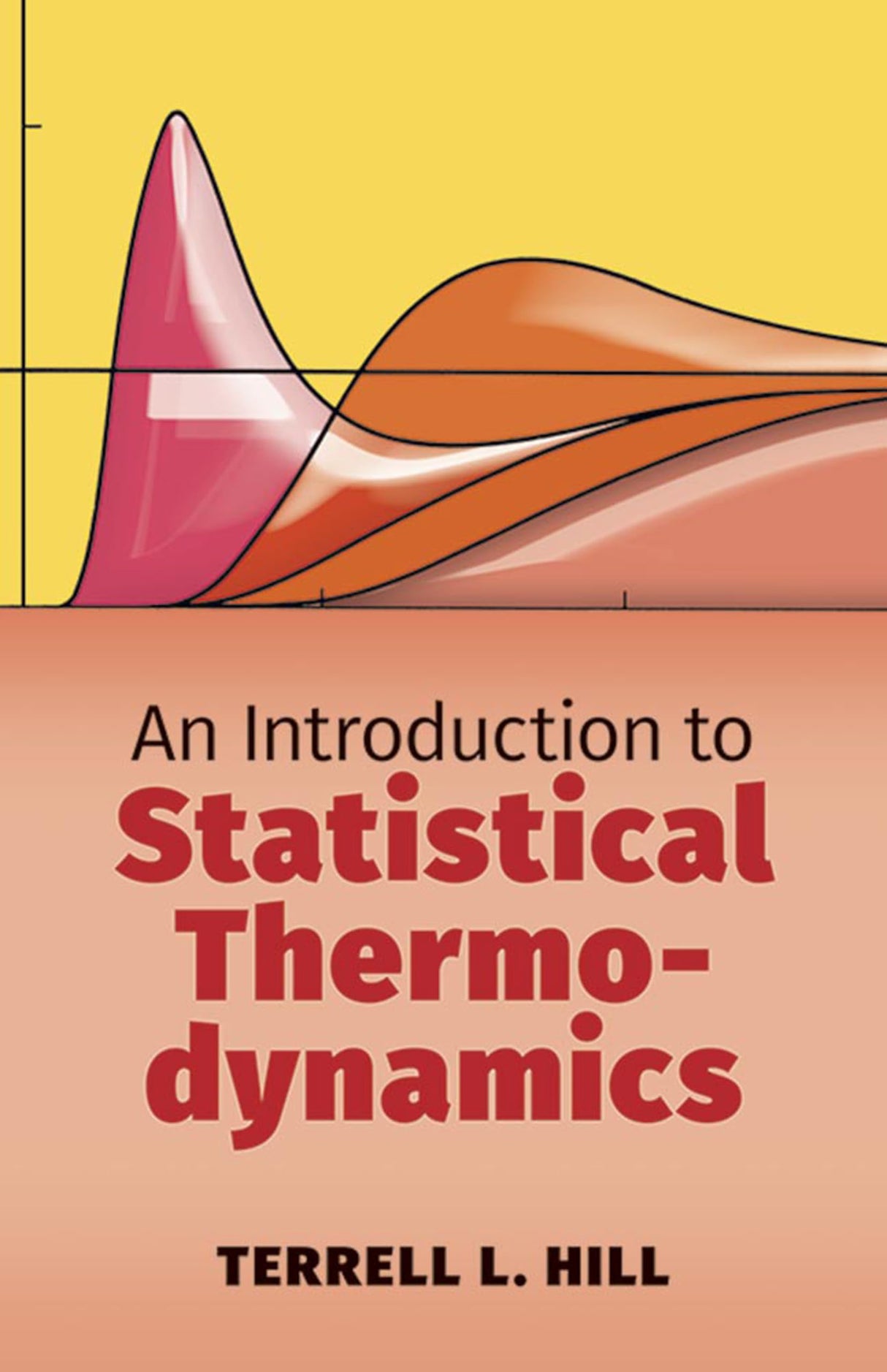An Introduction to Statistical Thermodynamics (Dover Books on Physics)
An Introduction to Statistical Thermodynamics (Dover Books on Physics) is backordered and will ship as soon as it is back in stock.
Couldn't load pickup availability
Genuine Products Guarantee
Genuine Products Guarantee
We guarantee 100% genuine products, and if proven otherwise, we will compensate you with 10 times the product's cost.
Delivery and Shipping
Delivery and Shipping
Products are generally ready for dispatch within 1 day and typically reach you in 3 to 5 days.
Book Details:
-
Publisher: Dover
-
Author: Hill, Terrell L.
-
Language: English
-
Edition: New
-
ISBN: 9780486652429
-
Pages: 544
-
Cover: Paperback
-
Dimensions: 8.5 x 5.6 x 1.5 inches
About The Book:
"Introduction to Statistical Thermodynamics" by Terrell L. Hill is a comprehensive and well-rounded text that serves as an excellent introduction to the field of equilibrium statistical mechanics. Written with a broad scope, this book strikes a balance between traditional thermodynamics and the more recent advances in the field, making it an invaluable resource for undergraduate and graduate students alike.
The book is divided into four major sections, each focusing on a different area of statistical mechanics. Part I introduces quantum statistical mechanics, covering key concepts such as energy levels, states, eigenfunctions, and degeneracy. Part II examines systems composed of independent molecules or subsystems, including ideal monatomic gases, polyatomic gases, and the configurations of polymer molecules, among other topics. The third section delves into systems of interacting molecules, covering subjects like lattice statistics, imperfect gases, and dilute liquid solutions. The final part explores quantum statistics, including Fermi-Dirac and Bose-Einstein statistics, photon gases, and theories of quantum liquids.
One of the key strengths of this book is its collection of problems, which range in difficulty from straightforward numerical exercises to small-scale research propositions. These problems are designed to challenge students and deepen their understanding of the concepts discussed. Each chapter also includes supplementary reading lists, encouraging students to explore the topics at a more advanced level.
This book is ideally suited for use in one- or two-semester graduate courses in chemistry or physics, as well as introductory courses in statistical mechanics. Its well-organized structure and comprehensive coverage make it a valuable resource for students seeking a deeper understanding of statistical thermodynamics.





